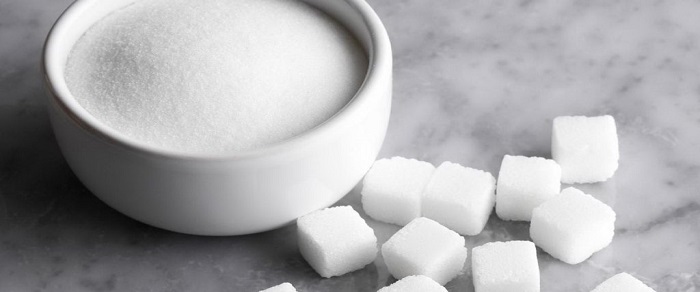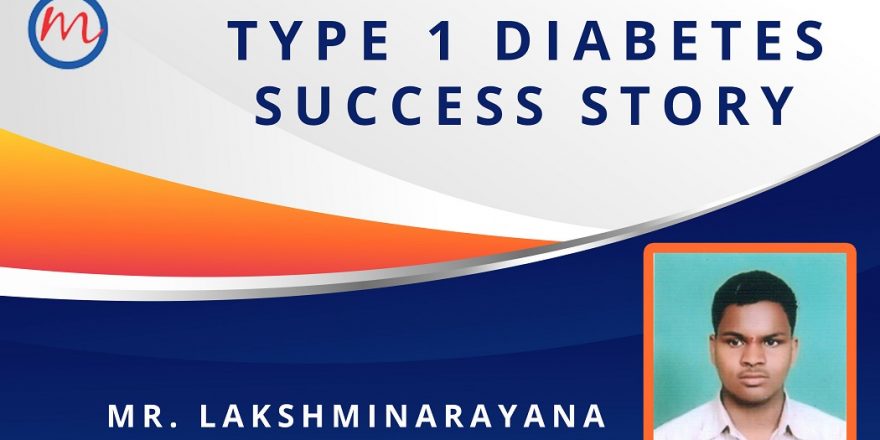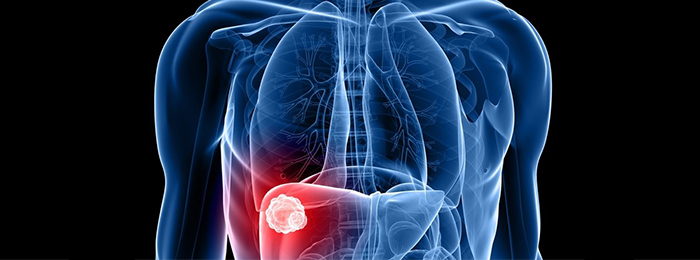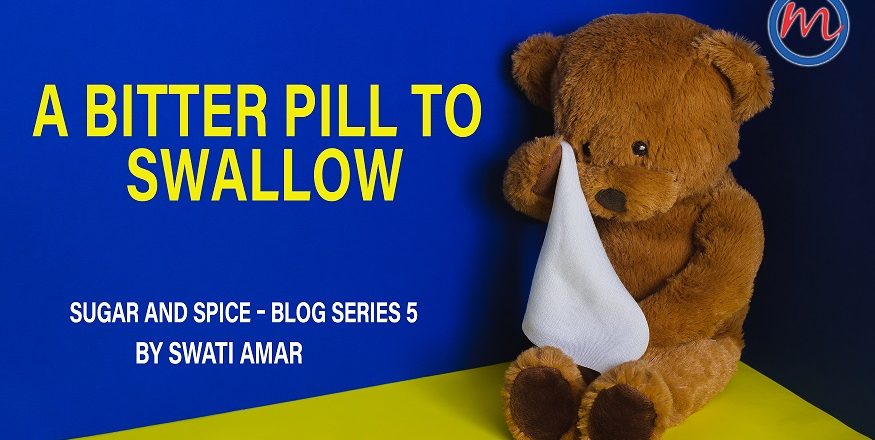Sugar and sweet consumption have been popular and intrinsic to Indian culture, traditions, and religion from ancient times. Indian festivals portray the rich cultural heritage and significance of our country. Food is an integral part in Indian festival. Indian sweets contain high amount of sugar as well high in saturated and trans fats (prepared using partially hydrogenated vegetable oils). Decreasing physical activity and increasing trend of per capita sugar consumption assumes significance in view of the high tendency for Indians to develop insulin resistance, abdominal adiposity, and hepatic steatosis, and the increasing “epidemic” of type 2 diabetes (T2DM) and cardiovascular diseases.
SUGAR CONSUMPTION DURING FESTIVE SEASONS IN INDIA
The most popular sweetener in the world, sugar, was invented in India. Traditionally, any occasion in India is celebrated with the intake of sweets. Also, it is customary to “sweeten the mouth” after every meal, any joyous occasion, religious festival, social gathering, etc. It is considered mandatory to offer sweets to the gods on every religious occasion (e.g., it is believed Lord Ganesha, who is worshipped first in all religious occasions, is fond of ladoos. Indian religious offerings mostly contain five amrits (elixirs) like milk, curd, ghee (clarified butter), honey, and sugar; these indicate the importance of sugar not only as a food item but also as intrinsic to the Indian way of life. Nutritionally consumption of sugar provides only “empty” calories (1 g of sugar gives 4 kcal and lacks the natural minerals).
Consumption of Indian sweets varies from region to region depending on climate, agriculture, and tradition. For example, sweets commonly consumed in north India are different from those consumed in south India. Other local practices also increase sugar consumption in meals, for example in the state of Gujarat (midwest India), there is a practice of adding sugar to all gravies, breads, curd, aamras (mango pulp), etc.
There is a strong relationship between calorie intake and obesity. In India, the prevalence of obesity is increasing at a rapid pace due to an increase in energy intake owing to increased purchasing power and availability of high fat, energy-dense foods, along with reduction in the energy expenditure consequent to urbanization and mechanization [1, 2].
COMMON SWEETS DURING FESTIVE SEASON IN INDIA
India has wide range of sweets during different festivals. The amount of sugar present in different type of Indian sweets varies considerable across the nation. For example Gulab jamun (medium size) contain 224 calories whereas kajukatri (medium size) has 101 calories per piece approximately [3]. Similarly juices are also as bad as sweetened drinks and beverages like Coca cola and Pepsi as they have added sugar.
Common sweets items with calories value and amount of different ingredients: [3]
| S.no | Sweet(100 g) | Energy (kcal) | Fat (g) | Carbohydrate (g) | Protein (g) |
| 1 | Adhirasam | 498 | 15 | 86 | 4 |
| 2 | Badhusha | 436 | 25 | 50 | 4 |
| 3 | Burfi | 392 | 18 | 48 | 11 |
| 4 | Mysore pak | 505 | 32 | 52 | 2 |
| 5 | Jangiri | 426 | 23 | 51 | 5 |
| 6 | Gulab Jamun | 448 | 20 | 56 | 13 |
| 7 | Kaju katli | 404 | 18 | 49 | 8 |
| 8 | Ladoo | 404 | 18 | 56 | 6 |
| 9 | Sonpapdi | 445 | 23 | 50 | 9 |
| 10 | Rasagulla | 208 | 2.5 | 11 | 11 |
Though fruit juice Contains Vitamins, Minerals and Antioxidants, but it lacks vitamin C and fiber. It is loaded with sugar but nutritionally poor compared to whole oranges and other plant foods like vegetables.
E.g.
- Coca Cola: 140 calories and 40 grams of sugar (10 teaspoons).
- Apple juice: 165 calories and 39 grams of sugar (9.8 teaspoons).
HARMFUL EFFECTS OF SUGAR ON VARIOUS ORGANS SYSTEM
In the cardiovascular system, the dangers of sugar are associated with high triglycerides level, total cholesterol and reduced HDL cholesterols, hence increasing the propensity of cardiovascular disease (MI, Atherosclerosis etc.)
- Depletes body source of potassium and without adequate phosphorus for transport calcium level decreases to a significant extent causing softening of bone, arthritis and osteoporotic changes.
- Excess eating causes vitamin B deficiency causing nervousness, poor memory, fatigue, anxiety, headache, depression and poor appetite.
- Increased incidence of obesity, hypertension, insulin resistance, metabolic syndrome and diabetes.
- Promote chronic inflammation, disrupts the immune system and predisposes to infections.
- Increased incidence of oral infection and dental caries.
- Affects the neurological balance leading mood disorders, psychosis or violent behaviour.
- Accelerates the allergic inflammations in bronchial airways causing a narrowing and increased mucus production. Thus aggravating bronchial asthma and emphysema.
- Sweetened beverages lead to acid reflux and increased risk of colon cancer. (4)
RELATIONSHIP BETWEEN SUGAR, OBESITY AND DIABETES
- Consumption of Sugar substitute beverages causes a rapid increase in blood glucose and insulin levels leading high glycemic loads (GL). High GL diets stimulate appetite, induce weight gain and are associated with the development of both glucose intolerance and insulin resistance (5)
- Limiting the intake of Sugar substitute beverages is a simple change, which if implemented could have a measurable impact on weight control and risk of T2D as well as other metabolic diseases in the general population. (5)
RECOMMENDATIONS OF AMERICAN HEART ASSOCIATION (AHA) FOR SUGAR INTAKE
- Intake of sugar – about 6 teaspoons or 24 grams of sugar for females (<100 calories/day) and about 9 teaspoons or 36 grams of sugar ( <150 calories /day)
- Avoid product containing added sugars as there is no nutritional benefit from them.
- Soft drinks are a prime source of extra calories that can contribute to weight gain and provide no nutritional benefits
- The average can of sugar-sweetened soda or fruit punch provides about 150 calories. corn This is equivalent to 10 teaspoons of table sugar
- As part of a healthy diet, an adult consuming 2,000 calories daily should aim for not more than 450 calories (1064 ml) a week from sugar-sweetened beverages (6)
STRATEGIES TO REDUCE EXCESS INTAKE OF SUGAR CONSUMPTIONS
For an optimal and effective reduction in harmful effects of sugar intake, approaches from various sides including Policymakers, government, consumers, food manufacturers, and other agencies involved in food production (food and sugar substitute beverages) are required.
The most important among these is a firm political will that should specifically focus on curbing the rising prevalence of obesity, T2DM, and cardiovascular diseases in India.
These proposed strategies will not only help in reducing the dangers of sugar but will also have a meaningful impact on reducing the incidence of obesity and T2DM in India(7).
| Proposed strategies for control of excess sugar intake | |
| Government | Strict guidelines regarding sugar intake should be formulated. Spread awareness among consumers and the medical establishment regarding the ill effects of high sugar intake.Increasing taxation could be one of the strategies to curb increasing consumption of Sugar Substitute Beverages (Sugar Substitute Beverages (SSBs).Sale of Sugar Substitute Beverages (Sugar Substitute Beverages (SSBs) should be banned in school premises. Healthy alternative drinks should be made available to children.Warning labels such as “Drinking beverages with added sugar(s) contributes to obesity, diabetes, and tooth decay” could be mandatory for Sugar Substitute Beverages (Sugar Substitute Beverages (SSBs).Increase access to free, safe drinking water in public places, schools, and offices to encourage water consumption instead of Sugar Substitute Beverages (Sugar Substitute Beverages (SSBs).Restriction of advertisements for commercial foods on television (during prime time and children’s programs).Decrease taxes on and prices of fruits, vegetables, nuts, and other healthy foods. |
| Consumers | Inculcate healthy eating habits in children from early childhood. Instead of sugar and fat-loaded sweets, opt for fresh fruits for dessert. Raisins and dates can also be consumed to “sweeten the mouth” post meals. Avoid gifting sweets; instead go for nuts and fresh fruits, etc. Cut down sugar in coffee and tea. Avoid intake of processed and packaged foods as much as possible. Cut down on intake of sweetened Sugar Substitute Beverages (Sugar Substitute Beverages (SSBs). Instead opt for natural drinks |
| Food industries/ outlets | Nutritional labelling should include information on sugars present in the product in language understood to customers.Nutritional information of the foods (esp salt, carbohydrate and sugar) served in restaurants should also be given in the menu card. |
REFERENCES
- Misra, A.; Singhal, N.; Sivakumar, B.; Bhagat, N.; Jaiswal, A.; Khurana, L. Nutrition transition in India: Secular trends in dietary intake and their relationship to diet related non-communicable diseases. J. Diabetes 2011, 3, 278–292.
- Misra, A.; Shrivastava, U. Obesity and dyslipidemia in South Asians. Nutrients 2013, 5, 2708–2733.
- Dr.Mohan’s atlas of Indian foods by Dr.V.Mohan, Dr.R.M.Anjana, Dr.Kamala Krishnaswamy & Ms.V.Sudha.First edition 2013
- Richard J., mark S., Turi S. Et al. Potential role of sugar (fructose) in the epidemic of hypertension, obesity and the metabolic syndrome, diabetes, kidney disease, and cardiovascular disease. Am J Clin Nutr 2007;86:899 –906.
- Malik VS and Hu FB. Sweeteners and Risk of Obesity and Type 2 Diabetes: The Role of Sugar-Sweetened Beverages. Curr Diab Rep. 2012; 12:195–203
- American Diabetes Association. Sugar and Desserts. 2015. Available at- http://www.diabetes.org/food-and-fitness/food/what-can-i-eat/understanding-carbohydrates/sugar-and-desserts.html. Last accessed 23 September 2015.
- Gulati S and Misra A. Sugar Intake,Obesity, and Diabetes in India. Nutrients. 2014; 6, 5955-5974.





One thought on “Risks and dangers of sugar for diabetic patients”